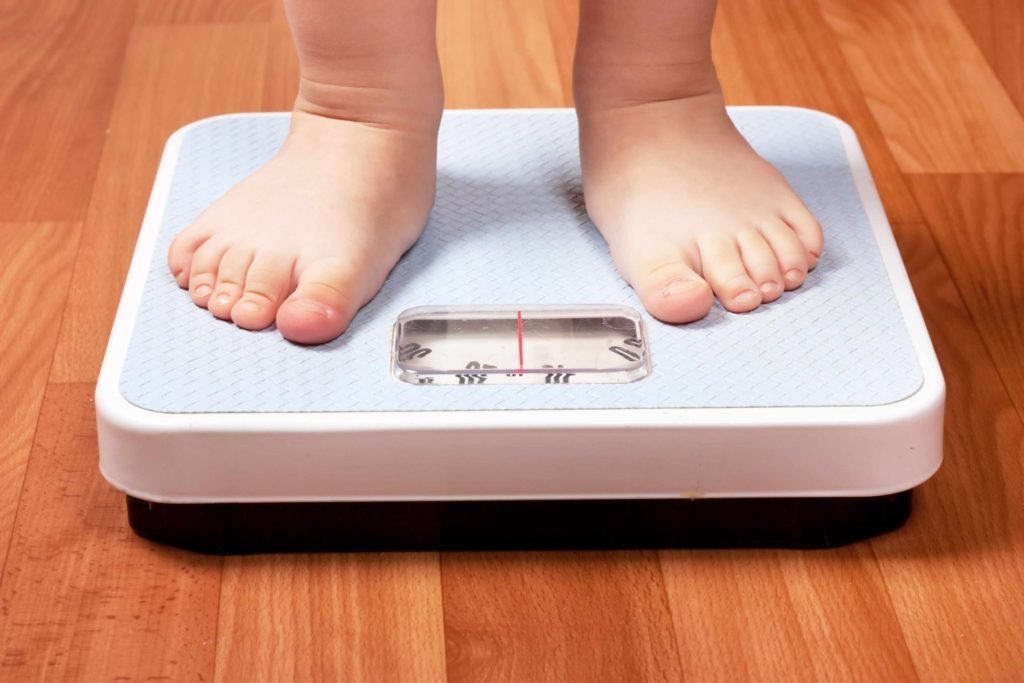
What to do if your child is skinny
I see many parents who are worried that their child isn’t eating enough or that they’re too skinny. Some kids are naturally lean but for others being underweight is a sign of an underlying condition.
Generally speaking it’s very reassuring if a child is otherwise healthy, has a good diet, is tracking along a growth curve and has a similar physique to other family members. It’s also normal for children’s weight to fluctuate a bit especially if they’ve had an acute illness but if they’re persistently not gaining weight or even losing weight it’s definitely time to take action.
If your child isn’t gaining weight appropriately, it’s important look to the root cause and ask ‘why?’
Are they fussy eaters? Do they seem to take forever to eat anything? Could there be something serious going on?
Causes of poor weight gain
Broadly I look at 3 categories:
- Inadequate intake. This is simply when kids aren’t eating enough to support their growth. There can be many reasons for a poor appetite or fussy eating e.g. problems with chewing, reflux, constipation, food intolerances, impaired taste or even an eating disorder.
- Increased use. This is when children use the energy derived from food for chronic health conditions e.g. recurrent infectious illnesses or serious health conditions
- Increased loss. Not being able to digest or absorb food that’s eaten e.g. vomiting, chronic diarrhoea, coeliac disease and inflammatory bowel disease.
Considering there are many medical causes of poor weight gain, it is important for your child to have a thorough review by your medical practitioner
The most common cause of poor weight gain in preschool and school age children is definitely inadequate intake. It’s important to really understand why they’re not eating enough. So it’s not just about diagnosing constipation or reflux but also working out why they’re constipated, why they have reflux. I find that by truly establishing the root cause, I can create a more effective treatment program.
After all the questions have been answered, a part of my management is often to boost calories and nutrients in their diet. I also use these tricks for the days when my toddler seems to live on fresh air. So literally every mouthful counts!
Getting kids to eat more
- Eat more frequently (every 2-3 hours).
- Experiment with how much you serve. Some children will eat more when the plate is piled high others will feel overwhelmed and prefer smaller portions.
- Limit liquid intake 30 min prior to a meal so their tummy’s aren’t full.
- Avoid junk food. Although it’s tempting the majority of calories in junk food are ‘empty’ and do more harm than good
- Good mealtime habits. Sit down together and make it fun not stressful.
- Positive reinforcement
- Eat more calorie rich foods.
Calorie or Nutrient rich foods
| Nuts | These can be whole (> 5years old), chopped or also as nut butters – nuts and seeds are a great snack – add nut butter to smoothies or baking – bake with nut flours e.g. muffins – spread nut butter on crackers or fruit slices e.g. apple & pears with almond butter |
| Avocado | Can be eaten with savory and sweet foods – avo on crackers or made into a dip – blend with some cream and cocoa for a healthy choc pudding – use as a spread on a sandwich (add butter too) |
| Olive oil | Drizzle onto foods or use in cooking. Added benefit of promoting absorption of fat soluble vitamins in foods. |
| Dairy | Cheese, cream, butter or full fat milk. A great high calorie food that usually is well liked by children – add cream to porridge or cereals – easy snacks: cheese & tomatoes, full fat yoghurt, – cook with butter or ghee – add butter to cooked vegetables, pasta or grains – add cheese sprinkles to cooked foods (my kids love to do this themselves) |
| Liver | Organic chicken liver is probably my favourite. – as a pate (my kids love this) – sneak into meat sauces and casseroles – make and freeze into ice trays so can grate onto foods (taste isn’t as strong) |
| Oily fish | Salmon and sardines. A great source of protein, healthy fats and other nutrients. – I suggest children eat oily fish around 3 times a week – grill, bake or fry (in coconut or olive oil) – make into your own flavour patties (e.g. tinned salmon, grated zucchini with coconut flour and egg to bind) – tinned sardines are an easy last minute meal |
| Eggs | Another of my favourite nutrient dense foods. – easy to add to foods e.g. in fried rice or vegetable stir frys – easy meal and snack options |
If you’re not sure how your child’s weight is tracking here are some downloadable charts for boys and girls. It’s important to have several measurements over time to determine how your child is gaining weight.
GIRLS: 0-2 years old; 2-20 years old
BOYS: 0-2 years old; 2-20 years old
